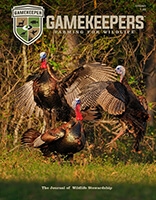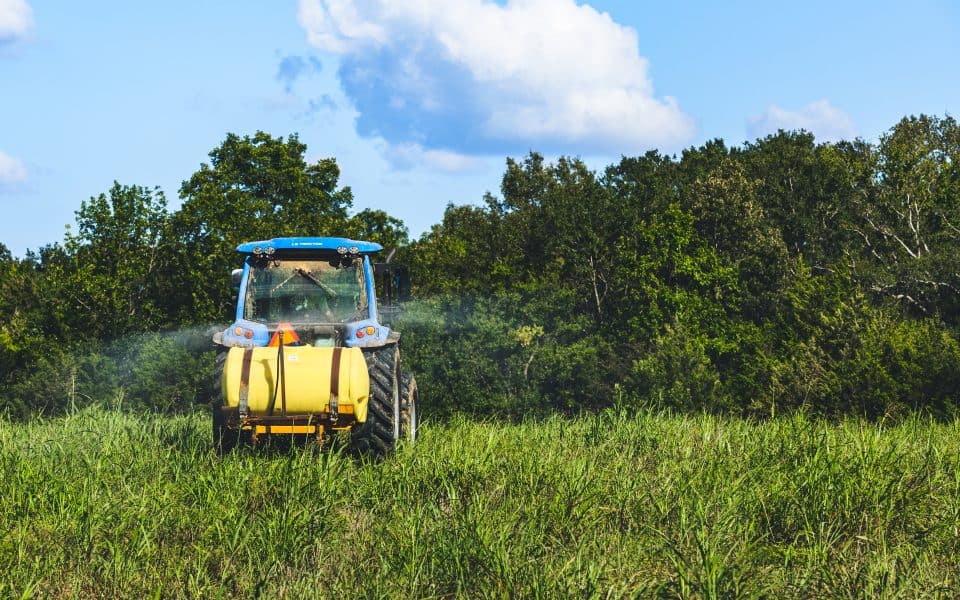Pesticide labels can be confusing at times and hard to understand. First, you need to know these labels are a legal document, it’s not a suggestion. You need to follow the guidelines. You are responsible for the applications you make. Listed are the separate parts of a pesticide label:
-
Product Name and Purpose
Brand Name: The name of the product, often bold and prominent on the front.
Formulation: emulsifiable concentrate (EC): an oil-based liquid solution plus an emulsifier that, when mixed with water, forms a milky solution; requires moderate agitation; easy to handle and apply.
Flowable (or liquid) (F or L): a thick liquid that contains the active ingredient has been imbedded in an inert solid and ground to a fine powder; requires moderate agitation; easy to handle and apply.
Solution (S): the active ingredient mixes readily with liquid and does not separate.
Wettable powder (WP): dust-like formulation that does not dissolve in water and must be constantly agitated to remain in suspension.
Soluble powder (SP): a powder formulation that readily forms a suspension in water; a rare formulation because few pesticide active ingredients are soluble in water.
Water dispersible granules (or dry flowables) (WDG or DF): small granules that, when mixed with water, disperse to fine particles; constant agitation required.
Water soluble packets (WSP): a wettable or soluble powder that has been pre-measured into a plastic bag that dissolves in the tank water.
Type of Pesticide: Check for descriptions like “herbicide,” “insecticide,” or “fungicide,” which indicate its use.
Mode of Action: This information is sometimes included on a label, and provides the pesticide classification number. This is important to know because growers should rotate among classes to prevent resistance.
Target Pests: Look for a list of specific pests the product is designed to control.

MossyOak
-
Active Ingredients
Active Ingredients: Found in a section titled “Active Ingredients.” This lists the chemical compounds that make the product effective.
Concentration: Shows the percentage of each active ingredient, helping determine its potency.
-
Signal Words
Danger-Poison: accompanied by a red skull and crossbones and means that the product can be fatal, or illness can occur if swallowed, absorbed, or inhaled.
Danger: corrosive, and can cause irreversible eye damage or skin injury.
Warning: moderately toxic, and can cause moderate eye or skin irritation.
Caution: mildly toxic, but can cause slight eye or skin irritation.
The statement “keep out of reach from children” must also appear with signal words.
-
Read the Precautionary Statements
Hazards to Humans and Domestic Animals: Lists health risks and necessary precautions (wearing gloves, eye protection, etc.).
Environmental Hazards: Describes risks to wildlife, plants, or water.
First Aid Instructions: Explains what to do in case of accidental exposure.

Nicole Glass
-
Follow Directions for Use
This section usually makes up the bulk of a pesticide label and always begins with the wording: “It is a violation of federal law to use this product in any manner inconsistent with its labeling.” Products intended for use in agriculture will have an Agricultural Use Requirement box included in this section. It will state that the Worker Protection Standard applies to the product.
Directions for Use:
- the crops to which the product may be applied
- the pests that the product targets
- amount to use
- method of application
- timing of application
- pre-harvest interval
- re-entry interval
- PPE requirements for early re-entry
- other limitations
-
Storage and Disposal
Storage Guidelines: Provides information on how to safely store the product to maintain effectiveness and avoid accidents.
Disposal Instructions: Explains how to properly dispose of unused pesticide and containers to prevent environmental harm.
-
Legal Information
EPA Registration Number: Indicates the product is registered and approved by the Environmental Protection Agency (EPA).
Use Restrictions: Highlights federal, state, or local laws related to the product’s use.
-
Contact Information
Look for the manufacturer’s contact details, including a phone number for emergencies or additional questions. Also, most companies have local sales/technical reps that can help walk you through applications. Their contact information can usually be found on their website or from local retailers.
Every container will have a label attached. Take time to read through each before application. It is full of valuable information. There are databases online that also have labels available to print. I use agrian.com to study chemicals before purchasing. Consult with local dealers and university professionals to help you make your purchase and applications. Good luck out there!
Join our weekly newsletter or subscribe to Gamekeepers Magazine.
Your source for information, equipment, know-how, deals and discounts to help you get the most from every hard-earned moment in the field.









